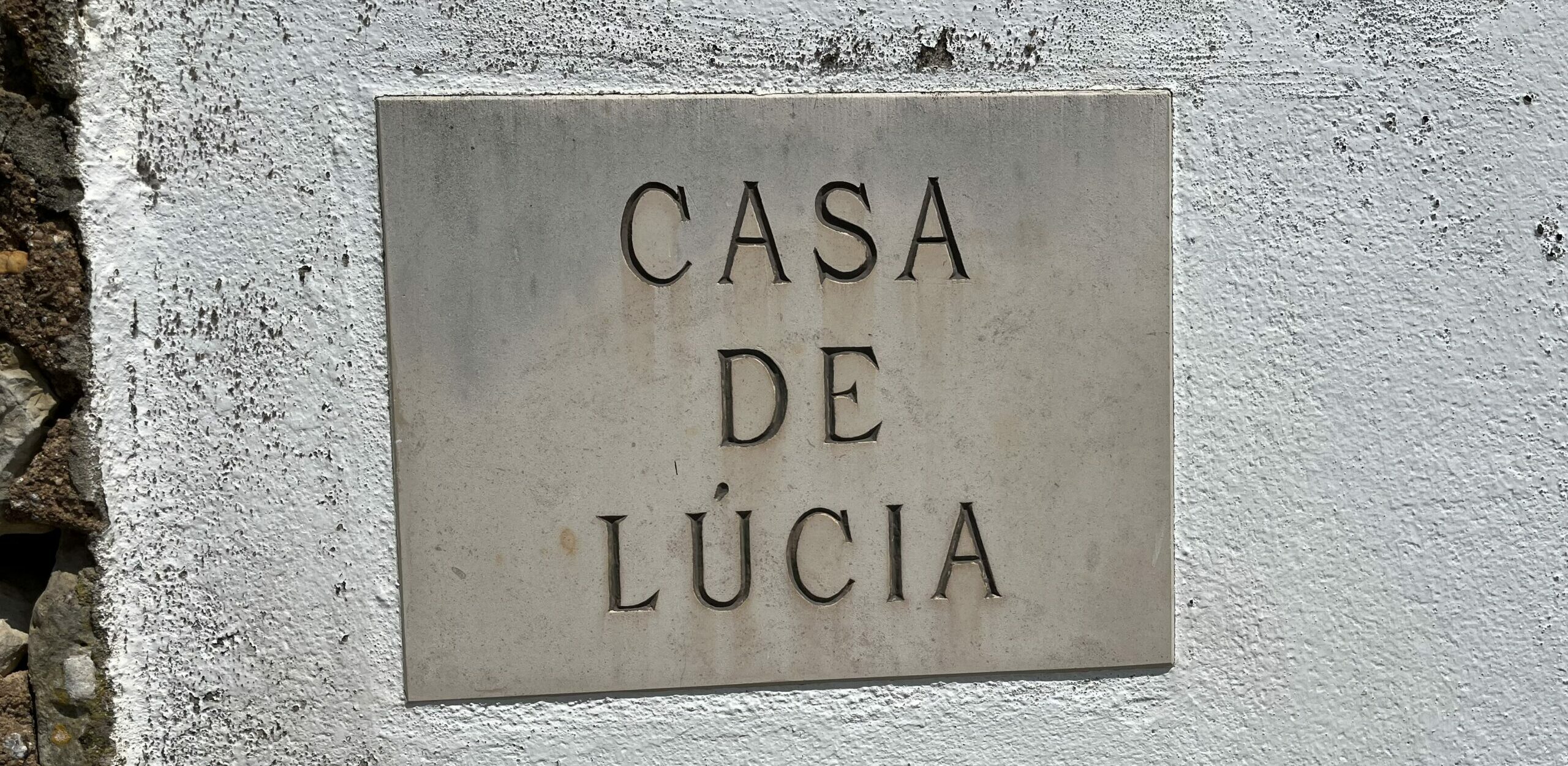Similar to the recent talk I gave at a women’s conference called Restore Tradition, my article today is about the history of women’s fashion, long before it is a statement on morality. Even non-traditional Catholic believe the miracle of Fatima was real. Thus, they should equally believe one of the seers, Bl. Jacinta of Fatima, who said before dying, “The sins which cause most souls to go to hell are the sins of the flesh.” Many modern Catholics have heard that scary claim, but most Western Catholics think she was talking about sins worse than theirs. Rather, the key to understanding this is that the Mother of God said in 1917 the following: “Certain fashions will be introduced that will offend Our Lord very much.”
She said that is 1917. What fashions did she warn against? I don’t know, but I don’t believe it was only women’s wear as extreme as the bikini (which wouldn’t be invented until 1946—nearly 30 years after the apparitions of Fatima.) Historically, I think it would have to have come close to the 1920s. A non-Catholic, secular site, Sister Mag may give us the answer to the history of her warning:
After the First World War, Coco Chanel pioneered women’s pants. In the 1920s, the French fashion designer created trousers for herself, helping her climb into the rocking gondolas in Venice. The forerunner of her legendary yachting pants was born; wide trousers for all leisure activities, which also displayed a certain elegance. During a trip to the French coast, Coco Chanel was inspired by men’s clothing for her designs. She used the straight, wide cuts of sailor’s trousers for her yachting pants and introduced accessories like ties for women. Chanel succeeded in what many designers have failed before: To liberate the broad masses of women from strict patriarchal fashion rules. She declared war on the corset as well as on volants, lace and frills. One of the first designers who dared to use cotton jersey as material for her clothes, a fabric that had been used before only for men’s underwear. The soft and elastic material was ideal for her comfortable, flowing patterns, and it was available after the war at a favourable price. Thus, Chanel did not only revolutionise the fashion industry but also broke with persisting gender conventions. Emancipation through fashion was her motto. With her black, short bob, the cigarette holder and her jersey trousers, she turned the androgynous garçonne style in Paris into a fashion trend of the Roaring Twenties. The term garçonne (French for boyish woman) refers to Victor Margueritte’s novel La Garçonne (1922). The book created a scandal because the female protagonist featured in men’s clothes, wanted to make a career and chose her love life in a self-determined way.
I wear a religious habit that some people say looks like a dress. It’s an old joke that is not so much offensive as simply boring. But most men in history (from Moses to William Wallace) wore a robe that covered the whole body. Thus, it’s really not women’s fashion for a man to be in a religious robe. On the other hand, pants were designed exclusively for men. Thus, I believe we can apply Deuteronomy 22 to the notion of women wearing pants: A woman shall not wear a man’s garment, nor shall a man put on a woman’s cloak, for whoever does these things is an abomination to the Lord your God.—Dt 22:5. Thus, you really can’t be against transvestites doing their thing if you’re fine with women wearing pants.
My favorite Brazilian bishop is Bishop Antônio de Castro Mayer (asleep in the Lord on 25 Apr 1991.) He once wrote: “Pants on women are worse than mini-skirts, because while mini-skirts attack the senses, women’s pants’ attack man’s highest spiritual faculty—the mind.” While getting my notes together for writing this article, I sent that quote to a married friend of mine. He replied: “I’m trying to track with the bishop, and I must be really dense on this one.” So, I replied: “Because a mini-skirt reveals more skin but pants [and shorts] have the same shape as a naked female body. It’s not about ‘dirty-parts.’ It’s that the female form in pants registers in the male mind as a naked shape ready for marriage-based unification. Maybe it shouldn’t be that way, but it is after the fall. And that’s why women wore skirts from the fall to the 1920s.”
Then, he got it.
Many readers and even donors won’t like this post. But more and more, I just want to echo the words of St. Bernadette: “My job is to inform, not to convince.” As I wrote last week, simply do a risk-benefit analysis on if Our Lady of Fatima is right versus if she is wrong. And ask what those fashions are leading to hell. It might be more common than you think.

Me in Fatima, Portugal in 2023
